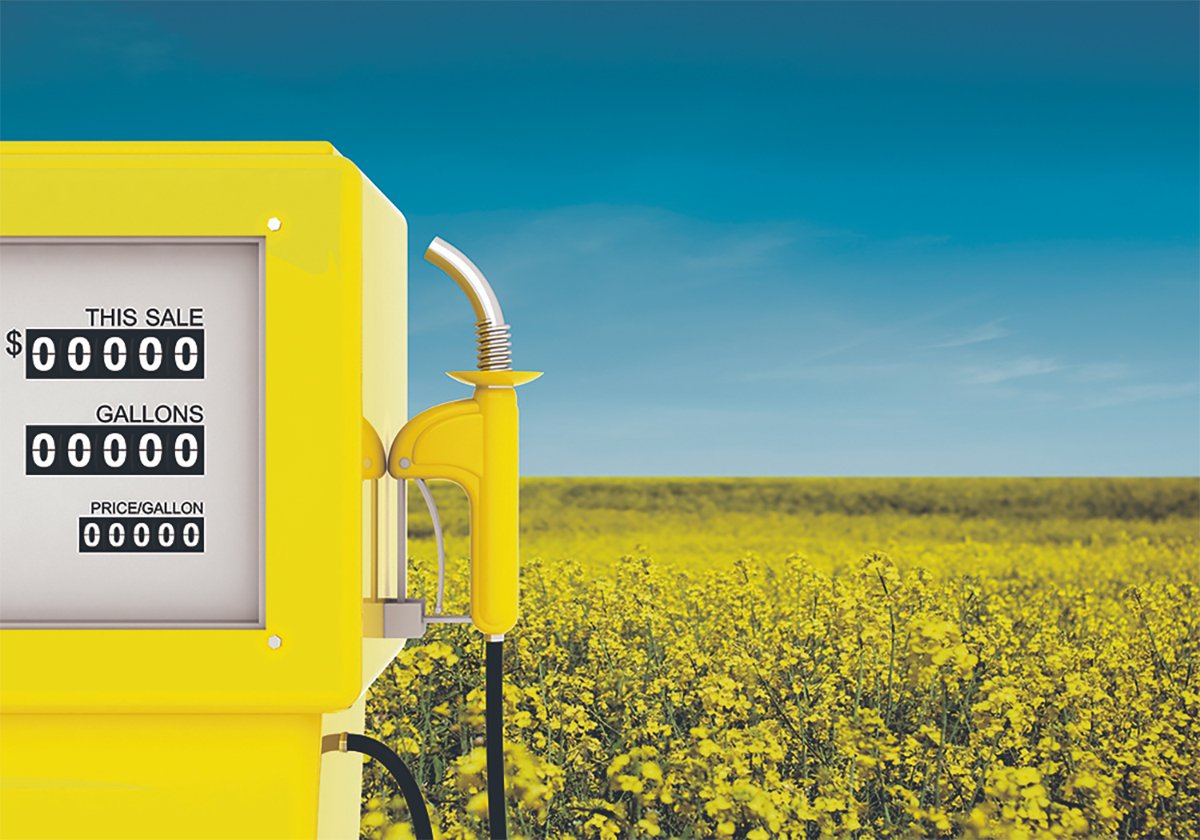In a rare move, oats futures recently strengthened while corn weakened.
It might have been better for long-term oat demand and farmer fortunes had oats continued to follow corn.
The crop is now considered an expensive feed, and users may not use the prairie crop if it stays that way.
“It’s just horrible (for U.S. buyers who use Canadian oats as feed),” said Randy Strychar of Ag Commodity Research.
“The spread for a couple of months was moving the right way for them, and all of a sudden it stopped.”
Read Also

Biofuel sector happy with federal budget
Advanced Biofuels Canada says new Biofuel Production Incentive is a lifeline until CFR amendments are in place.
Canadian oats have two main uses in the United States: human food products, such as cereal, and high quality horse feed.
The relatively high price of oats compared to corn over the past year has made oats expensive to animal feed producers and users. Racehorse owners like feeding oats to their animals, but many have learned how to use pelletized feed derived from other crops. They also discovered when Canadian oats supplies were tight due to droughts in the early part of the decade that they didn’t necessarily need oats to get good performance from their animals.
When western Canadian oat production recovered, demand was much softer than before because horse feeders had been driven away.
From the start of 2007 until the beginning of March, oats had become more attractive. As corn prices rose dramatically after harvest, oat prices rose more modestly. That made oats more affordable and some U.S. horse feed suppliers were beginning to look at the crop again.
Recently, corn prices have settled down and even weakened a little. But oat prices have risen, which might look good to growers in the short term, but could again price them out of horse rations.
Corn’s price weakness has surprised many farmers, who expected to see nothing but increases in an apparently booming bull market. Ethanol plants are coming on-line in rapid succession and corn stocks-to-use ratios are tight looking out to the summer.
But Strychar said most of the coming demand has already been factored into prices, and without any big news to propel prices higher, they tend to deflate a little at this time of year.
“You’ve got to feed the bull, and if you don’t feed the bull on the corn side, it just drifts lower,” said Strychar.
Farmers may celebrate when a crop like oats begins pulling a relative premium out of the marketplace compared to its historical relationship to its rivals, but the danger is that the bigger the boom now, the bigger the bust later. That happened after the high oat prices of the drought years. The recent corn sell off has snuffed out a chance to breathe new life into oat demand.
“We definitely need to see that spread widen out if we want to get some of that demand back,” said Strychar.















